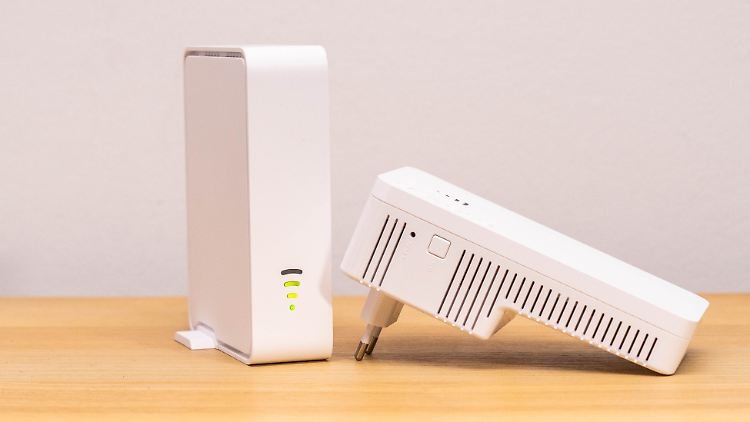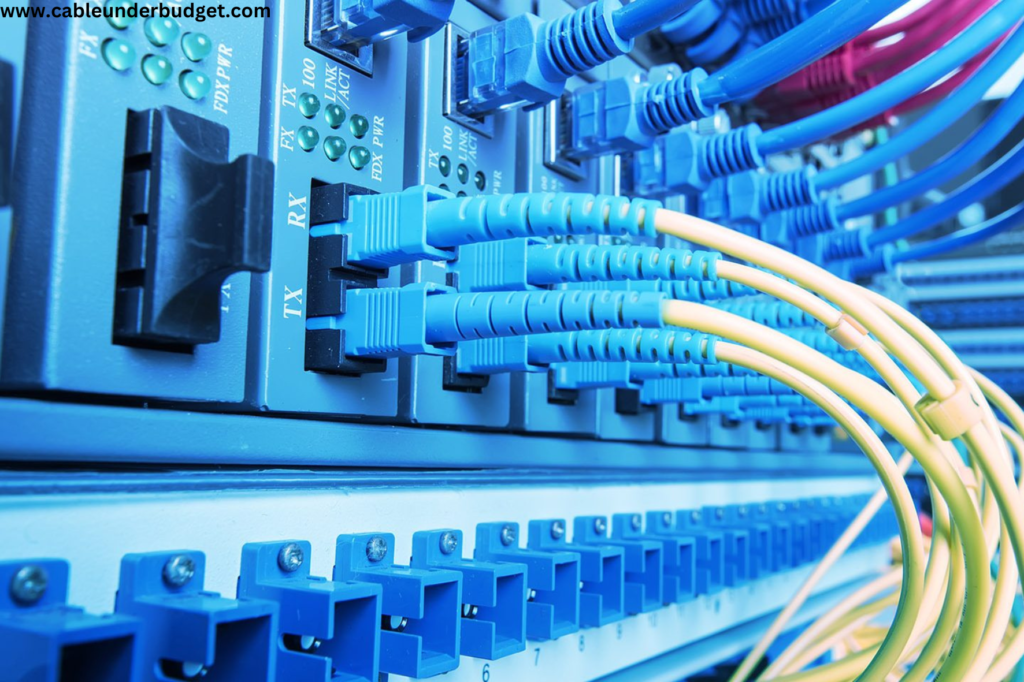Contents
- 1 How to get free WiFi at Home without a Router
- 2 Exploring Alternative Internet Providers
- 3 Utilizing Mobile Hotspots
- 4 Utilizing Shared WiFi Networks
- 5 Using WiFi Extenders
- 6 Exploring Public Institutions and Services
- 7 Accessing Public WiFi Networks
- 8 Maximizing Mobile Data Plans
- 9 Safety and Security Considerations
- 10 Tips for Maximizing Free WiFi
- 11 Conclusion
- 12 FAQs
How to get free WiFi at Home without a Router
In today’s interconnected world, access to the internet has become a necessity for many aspects of daily life. Whether it’s for work, education, or entertainment, having a reliable internet connection at home is crucial. However, not everyone can afford traditional internet services or a dedicated router. This article explores alternative methods for accessing free WiFi at home without the need for a router.

Exploring Alternative Internet Providers
Mobile Hotspots
Mobile hotspots are portable devices or features on smartphones that allow you to create a WiFi network using cellular data. They are convenient for accessing the internet on the go and can also be used as a substitute for a traditional router at home.
Satellite Internet Services
Satellite internet providers offer coverage in remote areas where traditional broadband services may not be available. Some providers offer free introductory plans or promotional offers, providing access to high-speed internet without the need for a router.
Community WiFi Initiatives
Some communities or municipalities offer free WiFi access as part of public service initiatives or community development projects. These networks may be available in parks, community centers, or other public spaces, providing residents with free internet access without the need for personal routers.

Utilizing Mobile Hotspots
Explaining Mobile Hotspots
A mobile hotspot works by converting cellular data into a WiFi signal that other devices can connect to. Most smartphones have built-in hotspot functionality that can be enabled in the settings menu.
How to Set Up a Mobile Hotspot on Your Smartphone
To set up a mobile hotspot, simply navigate to the settings menu on your smartphone, select the option for “Mobile Hotspot” or “Tethering,” and follow the on-screen instructions to configure your network name and password.
Utilizing Shared WiFi Networks
Neighbor Sharing
In some cases, neighbors may be willing to share their WiFi networks with nearby residents, especially in apartment buildings or densely populated areas. Establishing a cooperative arrangement with neighbors can provide access to free WiFi without the need for individual routers.
WiFi Sharing Platforms
There are online platforms and apps that facilitate WiFi sharing among users, allowing individuals to connect to shared networks in exchange for contributing their own WiFi access. These platforms often operate on a reciprocal basis, enabling users to access free WiFi networks without the need for personal routers.
Using WiFi Extenders
What Are WiFi Extenders?
WiFi extenders are devices that receive an existing WiFi signal and rebroadcast it to extend its coverage area. They typically come in the form of plug-in adapters or standalone units that can be strategically placed throughout your home.

Installation and Setup of WiFi Extenders
To install a WiFi extender, simply plug it into a power outlet within range of your existing WiFi network and follow the manufacturer’s instructions for configuration. Most extenders have a simple setup process that involves connecting to the device’s WiFi network and entering a setup wizard through a web browser.
Exploring Public Institutions and Services
Libraries and Educational Institutions
Public libraries, schools, and universities often provide free WiFi access to students, patrons, and visitors. These institutions may offer open WiFi networks or require users to obtain login credentials, providing a convenient and reliable source of internet connectivity without the need for personal routers.

Government Programs
Some government agencies or non-profit organizations offer assistance programs that provide free or subsidized internet access to low-income households. These programs may include initiatives to distribute WiFi-enabled devices or provide vouchers for internet service, enabling individuals to access free WiFi at home without the need for routers.
Accessing Public WiFi Networks
Benefits and Risks of Public WiFi
Public WiFi networks offer the convenience of free internet access in a variety of locations. However, they also pose security risks such as data interception and malware attacks. It’s essential to exercise caution when connecting to public networks and avoid transmitting sensitive information.
Finding and Accessing Free Public WiFi
Many websites and apps provide maps and directories of public WiFi hotspots in your area. Additionally, establishments such as cafes and libraries often advertise their free WiFi networks, making it easy to find and connect to available networks.
Maximizing Mobile Data Plans
Unlimited Data Plans
Mobile carriers occasionally offer unlimited data plans or promotional deals that provide unlimited access to cellular data for a fixed monthly fee. Subscribing to an unlimited data plan can eliminate the need for a traditional router, allowing users to rely on their mobile devices for internet access at home and on the go.
Data Sharing and Tethering
Many mobile carriers offer data sharing and tethering features that allow users to share their cellular data connection with other devices, such as laptops or tablets. By enabling data sharing or tethering on their smartphones, users can create personal hotspots to access free WiFi on additional devices without the need for routers.
Safety and Security Considerations
Protecting Personal Information
When using any type of WiFi network, it’s essential to protect your personal information by using secure websites (HTTPS), avoiding public file sharing, and enabling two-factor authentication where available.
Securing Your Connection
To secure your connection on public WiFi networks, consider using a virtual private network (VPN) to encrypt your internet traffic and protect your privacy from potential eavesdroppers or hackers.
Tips for Maximizing Free WiFi
Optimizing Device Settings
Adjusting your device’s WiFi settings can help improve connectivity and performance on free WiFi networks. This includes disabling background app refresh, reducing video streaming quality, and prioritizing WiFi over cellular data.
Managing Data Usage
Since free WiFi networks may have limitations on data usage or speed, it’s essential to monitor your data consumption and avoid activities that consume large amounts of bandwidth, such as streaming HD video or downloading large files.
Finding Reliable Networks
Not all free WiFi networks are created equal, so it’s essential to prioritize networks with strong signals and reliable performance. Avoid connecting to open or unsecured networks, as they may be susceptible to hacking or data theft.
Conclusion
In conclusion, accessing free WiFi at home without a router is possible through various alternative methods such as mobile hotspots, WiFi extenders, and public WiFi networks. By understanding how these options work and implementing appropriate safety measures, you can enjoy convenient and cost-effective internet access for your everyday needs.

